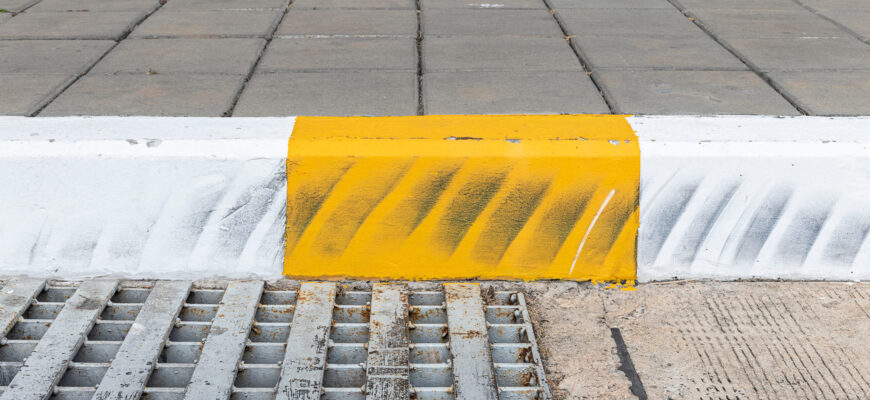In the bustling tapestry of urban life, signage plays a pivotal role in directing the flow of traffic, ensuring safety, and maintaining order. Among the myriad of signs and signals that populate our streets, the painted curb is one of the most understated yet crucial indicators of traffic regulations. This article delves into the significance of a white painted curb, unraveling its implications for parking and traffic management.
The Spectrum of Curb Colors
Before diving into the specifics of the white curb, it’s essential to understand the broader spectrum of curb colors and their meanings. Urban planners use a variety of hues—red, yellow, blue, green, and white—each with its unique set of instructions for drivers and pedestrians alike.
- Red: No stopping, standing, or parking at any time.
- Yellow: Loading and unloading zones, usually time-restricted.
- Blue: Handicap parking, with appropriate permits.
- Green: Limited time parking, often with posted restrictions.
- White: As we will explore, typically associated with passenger loading and unloading.
The White Painted Curb: A Closer Look
In urban environments, a white painted curb generally indicates a zone designated for short-term parking or passenger loading and unloading. This means you can stop your vehicle to pick up or drop off passengers, but extended parking is not permitted. The white curb serves as a convenient solution for busy areas, such as schools, hospitals, and airports, where quick access is crucial.
Common Regulations Associated with White Curbs
- Short Duration Stops: Typically allows for brief stops, usually under five minutes, to facilitate efficient traffic flow.
- No Parking: Vehicles should not be left unattended, ensuring the area remains accessible for others needing to load or unload passengers.
- Time Restrictions: Some white curb zones may have specific time limits or hours during which these rules apply, often indicated by accompanying signage.
Why White Curbs Matter
The strategic use of white curbs is essential for urban mobility. By designating specific areas for quick stops, cities can reduce congestion and enhance the efficiency of public spaces. For pedestrians and drivers, understanding these regulations is vital to avoid fines and contribute to the smooth functioning of urban traffic systems.
Conclusion: Navigating Urban Streets with Confidence
As cities continue to grow and evolve, the role of clear and effective signage becomes increasingly important. By familiarizing yourself with the meanings behind colored curbs, particularly the white painted curb, you can navigate urban streets with greater confidence and compliance. Next time you spot a white curb, you’ll know it’s your cue for a swift, considerate stop rather than a parking opportunity.
Remember, understanding and adhering to these guidelines not only helps you avoid potential penalties but also plays a part in fostering a more efficient and harmonious urban environment for all.


Very informative! The breakdown of curb colors was helpful, and I now have a better understanding of what a white painted curb signifies in terms of parking regulations.
I appreciate how the article breaks down the significance of each curb color. The section on white painted curbs is especially informative, as it clarifies common misconceptions about short-term parking.
This article provides a clear and concise explanation of the different curb colors and their meanings. I found the focus on white painted curbs particularly useful for understanding parking regulations in busy urban areas.
The article does an excellent job of explaining the importance of curb colors in urban planning. I learned a lot about how white curbs are used for passenger loading zones.
Great read! It’s interesting to see how something as simple as curb color can play such a vital role in traffic management. The details about white curbs were enlightening.
Insightful article that sheds light on an often overlooked aspect of urban traffic management. The explanation about white painted curbs was particularly useful for navigating city parking rules.